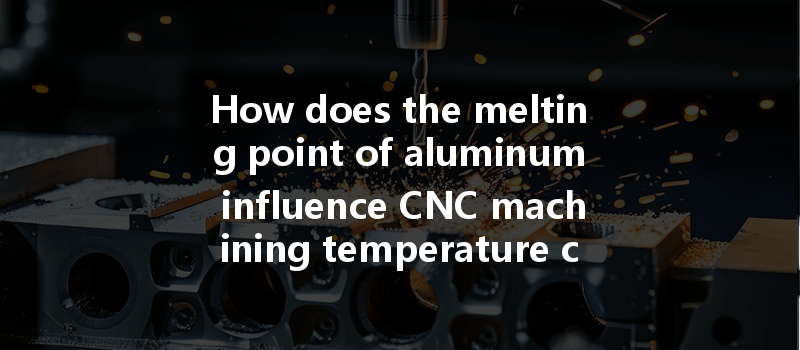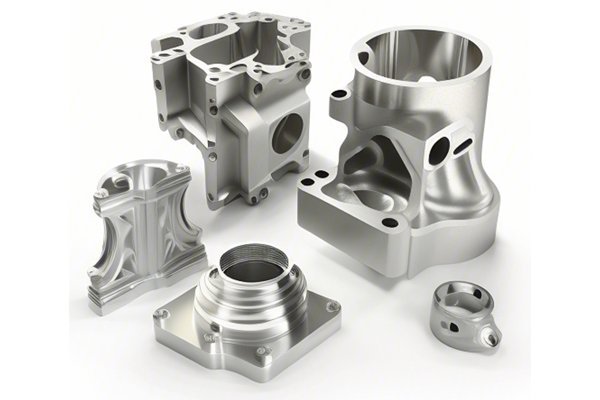Opening
Did you know that aluminum has a melting point of approximately 660.3°C (1,221°F)? This seemingly simple fact is more than just a number; it plays a crucial role in understanding how CNC (Computer Numerical Control) machining operates and how environmental factors can significantly impact the machining process. As industries increasingly turn to aluminum for its lightweight and corrosion-resistant properties, manufacturers must grapple with the implications of working with this metal. This blog explores the intricacies of using aluminum in CNC machining, emphasizing the importance of managing temperature control while considering environmental variables.
—
Understanding Aluminum’s Melting Point
The melting point of aluminum is fundamental to CNC machining because it dictates the conditions under which this metal can be effectively shaped and formed. When CNC machines cut, drill, or mill aluminum, they generate significant heat—not just from the friction of the tools against the material, but also due to other factors such as cutting speed and feed rate. If the machining temperature exceeds the melting point, even momentarily, it can lead to deformation in the workpiece, severely compromising both its structural integrity and surface finish.
The Influence of Temperature Control in CNC Machining
As aluminum heats up during machining, it expands. Understanding the relationship between heat and the thermal expansion of aluminum is crucial for precision. Engineers must account for this expansion to maintain tolerances on machined parts, especially when designing components that fit together. Temperature gradients, often caused by uneven cooling, can exacerbate inaccuracies. For instance, when one part of a workpiece heats while another remains cooler, warping can occur.
Solution:
To mitigate these issues, manufacturers often adjust their cutting parameters. This means selecting appropriate speeds, feeds, and depths of cut to minimize heat generation while maximizing efficiency. Employing cooling techniques, such as flood cooling or misting systems, can also help to maintain desirable temperature levels.
Temperature plays a significant role in the life expectancy of CNC tools. High temperatures can lead to increased tool wear and potentially catastrophic failures. For instance, exceeding certain temperatures can cause cutting edges to lose their hardness, degrading machining accuracy and efficiency.
Solution:
Choosing tools made from materials that can withstand high temperatures—including carbide or coated options—can help improve tool life. Regular tool maintenance, such as sharpening and proper lubrication, is equally crucial in sustaining effective performance during machining operations.
The heat generated during CNC machining can negatively affect the surface finish of aluminum components. Too much heat can lead to a rough surface or unwanted material removal, impacting the part’s final aesthetic and functional properties.
Solution:
Implementing the right cooling methods and adjusting machining parameters can help achieve the desired surface finish. Additionally, post-machining processes such as polishing or anodizing may be used to enhance the surface quality of aluminum components further.
Environmental Factors Impacting CNC Machining

The environment in which CNC machining takes place can significantly impact the machining process. Factors including humidity, air quality, and even vibrations can have repercussions.
Humidity can affect the performance of CNC machines and their components. High humidity can lead to condensation on tooling or machine surfaces, which can adversely affect machining processes.
Solution:
Employing a climate control system in machining facilities can ensure optimal humidity levels, thereby protecting all equipment and materials from the adverse effects of moisture. This enhancement is particularly important for industries operating in humid climates.
Vibrations from nearby machinery or even external factors can result in inaccuracies during CNC machining. They can cause tool deflection, leading to subpar finishes and imprecise dimensions.
Solution:
Employing vibration dampening technologies and securing machines on stable, vibration-resistant bases can significantly reduce these issues. Implementing regular maintenance checks can also address potential vibration sources throughout the facility.
The quality of the air within a machining space can affect both the equipment and the machinists. Dust, metal shavings, and other airborne particles can contaminate equipment and lead to premature wear, while also presenting health risks to employees.
Solution:
Installing filtration and air purification systems can contribute to improving air quality and safeguarding both the machines and the workforce. Regular housekeeping and maintenance can also minimize airborne particles.
Understanding the melting point of aluminum and how temperature control and environmental factors influence CNC machining is vital for any manufacturer looking to produce high-quality aluminum components. Efficient temperature management not only prevents defects and enhances the precision of machined parts but also extends tool life and improves overall productivity.
Aluminum is undoubtedly a material of choice in various industries due to its versatile properties. However, recognizing the significance of temperature and environmental factors is crucial for successful CNC machining. By utilizing effective cooling techniques, enhancing tool selection, and maintaining optimal facility conditions, manufacturers can capitalize on the metal’s advantages and deliver superior products.
As technology continues to evolve, staying informed about the vital intersection between material properties, environmental factors, and machining techniques will keep businesses at the forefront of the industry. The significance of this knowledge is worth pondering, especially as we move towards increasingly advanced and efficient manufacturing solutions.






